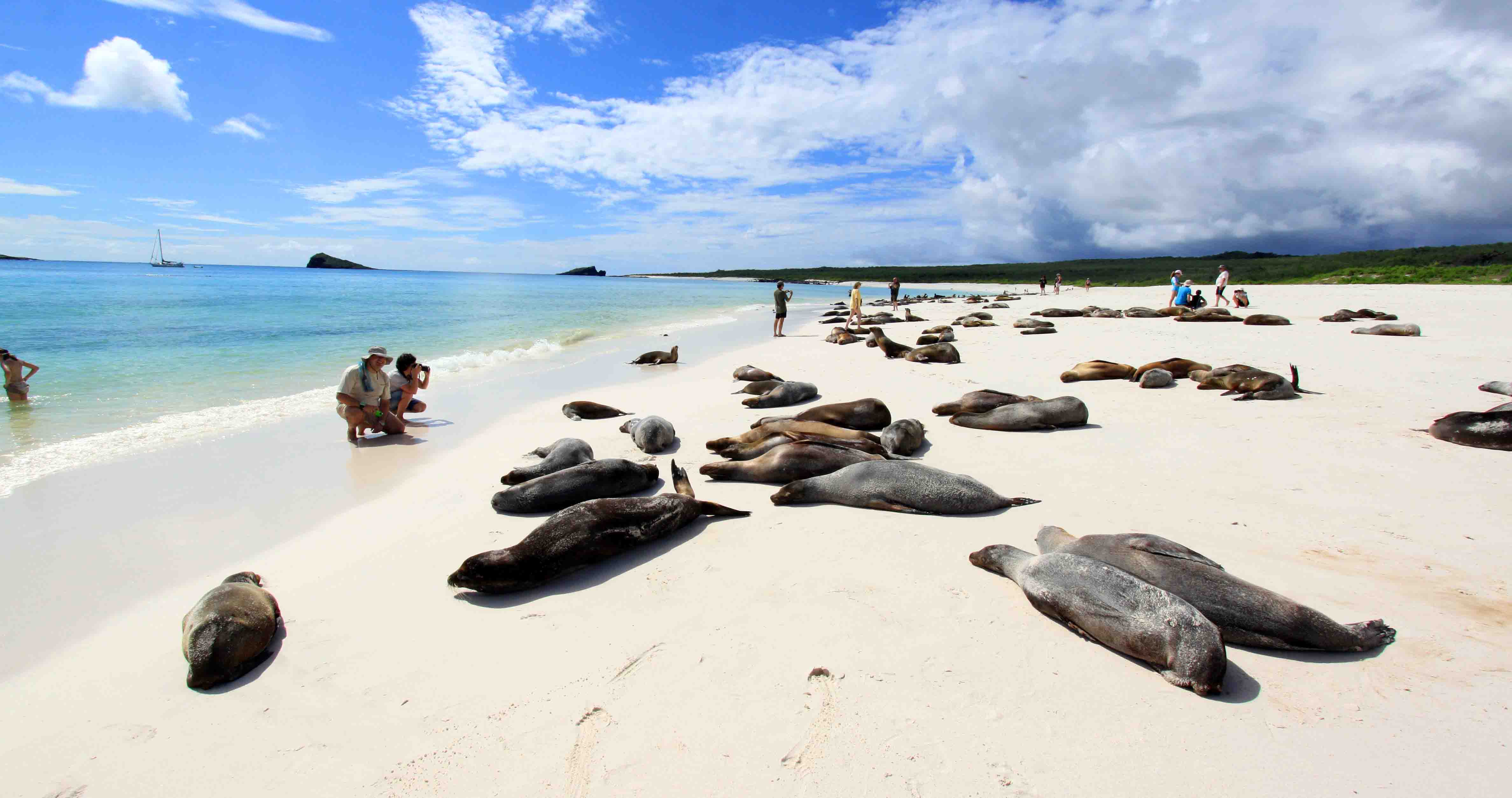The Galapagos Islands are the outcome of volcanic action that took place about 5 million years back. Animal life began to journey to the island chain about 2 million years following the first isles developed. Such creatures needed to adjust to a significantly distinct ecosystem and environment (opposed to their original dwelling), causing them to change in extraordinary means. The diversification and astonishing features of such creatures led Charles Darwin to present his theory of evolution in his innovative publication "The Origin of Species." He dubbed the archipelago a dwelling lab, and at present they have come to be an awe-inspiring ground for scientific study and exploration. For additional Galapagos background, be certain to take a look at our Galapagos Facts resource.

The weather condition is exceptional all of the year round. Nonetheless, it's valuable to understand that there are 2 distinguishable periods in Galapagos: Warm Period: December up till May-- Environments are tropic, climates are warm and moist starting with 26 ºC-- 30 ºC (79 ºF-- 85 ºF), whereas the water temperature means 26 ºC (79 ºF). Arid Period: July to November-- Climate is cloudier, fresh, and more dry, with atmosphere conditions varying from 23 ºC-- 26 ºC (72 ºF-- 79 ºF). Water conditions stretch around 20 ºC-- 23 ºC (70 ºF-- 72 ºF).
Galapagos Climate
The weather condition is exceptional all of the year round. Nonetheless, it's valuable to understand that there are 2 distinguishable periods in Galapagos: Warm Period: December up till May-- Environments are tropic, climates are warm and moist starting with 26 ºC-- 30 ºC (79 ºF-- 85 ºF), whereas the water temperature means 26 ºC (79 ºF). Arid Period: July to November-- Climate is cloudier, fresh, and more dry, with atmosphere conditions varying from 23 ºC-- 26 ºC (72 ºF-- 79 ºF). Water conditions stretch around 20 ºC-- 23 ºC (70 ºF-- 72 ºF).
Looking for tours to the Galápagos Islands? With Voyagers Travel Company, create a custom trip and live the experience of a lifetime. Book now!